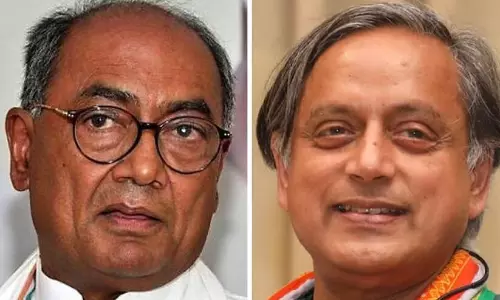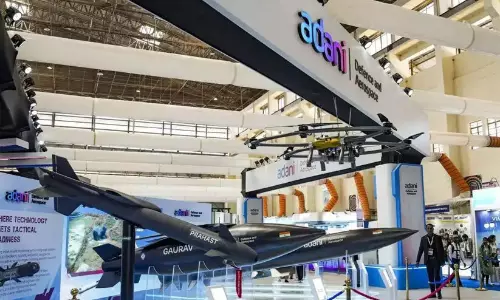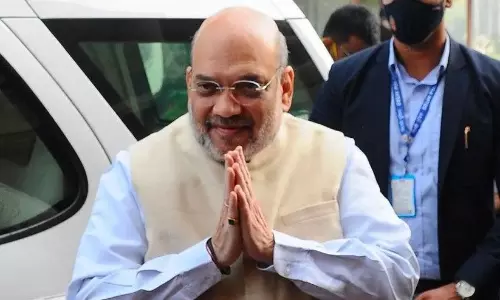
India and Ghana to integrate UPI link in six months
text_fieldsIndia and Ghana have reached an agreement to integrate the Unified Payment Interface (UPI) with Ghana Interbank Payment and Settlement Systems within six months to facilitate instant fund transfers between the two countries, announced the Commerce Ministry on Monday.
The decision was made during a Joint Trade Committee (JTC) meeting held in Accra from May 2-3, where officials from both nations discussed various aspects of bilateral trade and cooperation.
Among the topics discussed were the potential signing of a Memorandum of Understanding (MoU) on Local Currency Settlement System (LCCS) for trade, digital transformation solutions, and the opportunities presented by the African Continental Free Trade Agreement.
The integration of UPI with Ghana's payment system marks another step in India's UPI expansion, which has already seen operations extended to countries like France, UAE, Sri Lanka, and Mauritius.
This move towards settling bilateral trade payments in local currencies is aimed at reducing reliance on the US dollar and strengthening the rupee.
Led by Additional Secretary from the Department of Commerce, Ministry of Commerce and Industry, India, Amardeep Singh Bhatia, a seven-member delegation from India participated in the JTC meeting.
Both sides recognized the significant potential for further expansion of bilateral trade and investment ties and identified key areas for collaboration, including pharmaceuticals, healthcare, information technology, agriculture, renewable energy, textiles, and more.
Accompanying the official delegation was a business delegation led by the Confederation of Indian Industry (CII), comprising representatives from sectors such as power, fintech, telecommunications, electrical machinery, and pharmaceuticals.
India and Ghana enjoy robust bilateral trade relations, with trade amounting to USD 2.87 billion in 2022-23. India is a major investor in Ghana across various sectors, making significant contributions to the country's economy.























